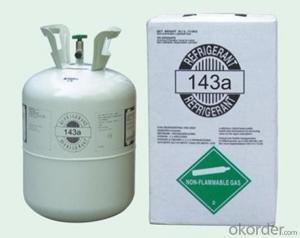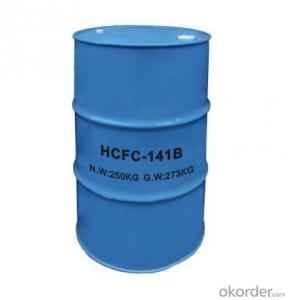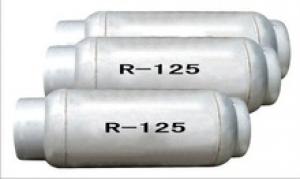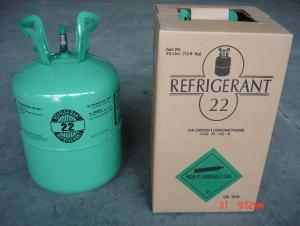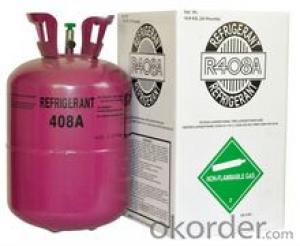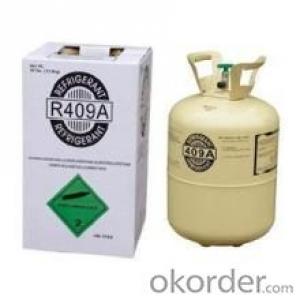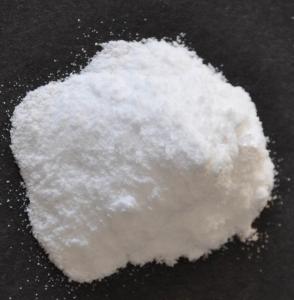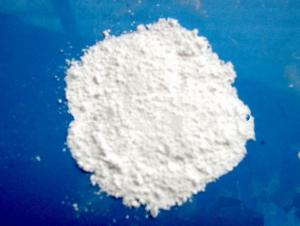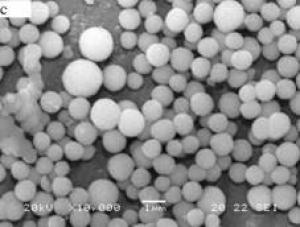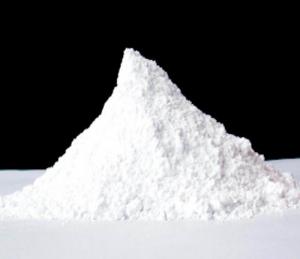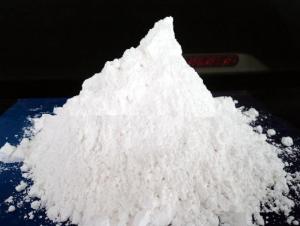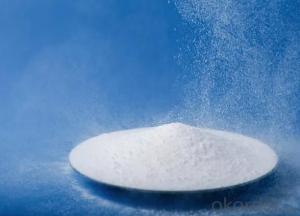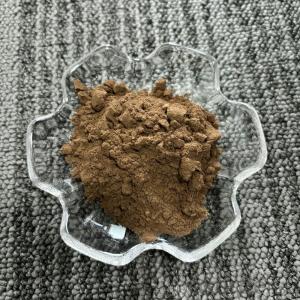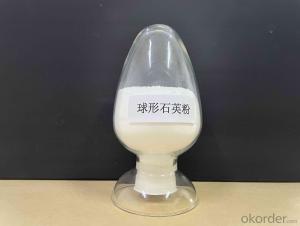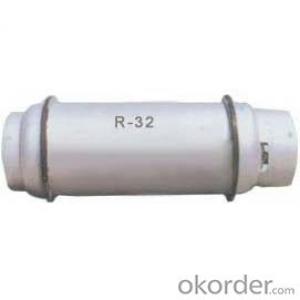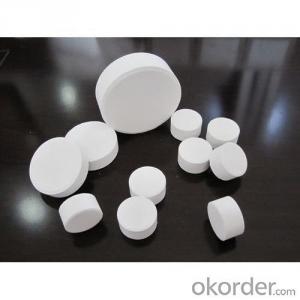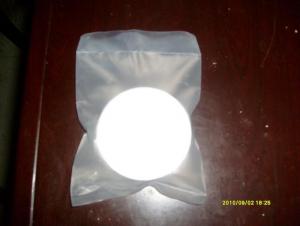Stearic Acid SA1845
- Loading Port:
- Tianjin
- Payment Terms:
- TT OR LC
- Min Order Qty:
- -
- Supply Capability:
- 8000MT/month m.t./month
OKorder Service Pledge
OKorder Financial Service
You Might Also Like
Stearic acid
Formula: C18H36O2
Structural Formula:CH3(CH2)16COOH
Product Description:
Shaped like Lump, flake; Saturated fatty acid mainly with C16 and C18, white flake solid at ambient temperature, not dissolved in water, slightly dissolved in benzene and carbon bisulfide, and easily dissolved in hot alcohol. No smell no poison. It has the general chemical properties of organic carboxylic acid.
Physicochemical Properties:
pure product is white with a shiny soft small pieces, melting point 69.6 degrees, the boiling point of 376.1 degrees. Relative density 0.9408, refractive index 1.4299, slowly volatile in the 90-100 degrees. Slightly soluble in cold water, soluble in alcohol, acetone, soluble in benzene, chloroform, ethyl ether, carbon tetrachloride, carbon disulfide, toluene and so on.
Specification:
Item | Index | |||||
Grade No. | 1842 | 1838 | 1820 | 1860 | 1870 | 1880 |
Iodine value gI2/100g ≤ | ≤5.0 | ≤5.0 | ≤5.0 | ≤6.0 | ≤7.0 | ≤8.0 |
Saponification value mgKOH/g | 206~211 | 206-213 | 214-216 | 193-220 | 193-220 | 192-218 |
Acid value mgKOH/g | 208~210 | 210~211.5 | 214-225 | 182-218 | 192-218 | 193-220 |
Chroma (Hazen) ≤ | ≤60 | ≤80 | ≤100 | 200-400 | ≤150 | 400 |
Freezing point °C | 54~57 | 54~57 | 55~57 | 54 | 52 | 52 |
Moisture % ≤ | ≤0.2 | ≤0.2 | ≤0.2 | ≤0.3 | ≤0.3 | ≤0.3 |
Inorganic acid % ≤ | 0.001 | 0.001 | 0.001 | 0.001 | 0.001 | 0.001 |
Suggest Uses:
Mainly for the production of stearic acid salts: Widely used system for cosmetics, plastic cold-resistant plasticizer, release agent, stabilizer, surfactants, rubber vulcanization accelerator, waterproof agent, polishing agent, metal soap, metal mineral flotation agent, softeners, pharmaceuticals, and other organic chemicals.
In addition, oil-soluble pigments can be used as solvents, crayons transfer slip agent, waxed paper lighting agent, stearic acid glyceride emulsifier, etc..
Packing :25/50kg in PP bag ,25MT/20GP
Product Storage:
in dry warehouse ventilation should be more than 10mm from the ground to avoid damp products in the above-mentioned conditions, from the date of delivery for one year shelf life.
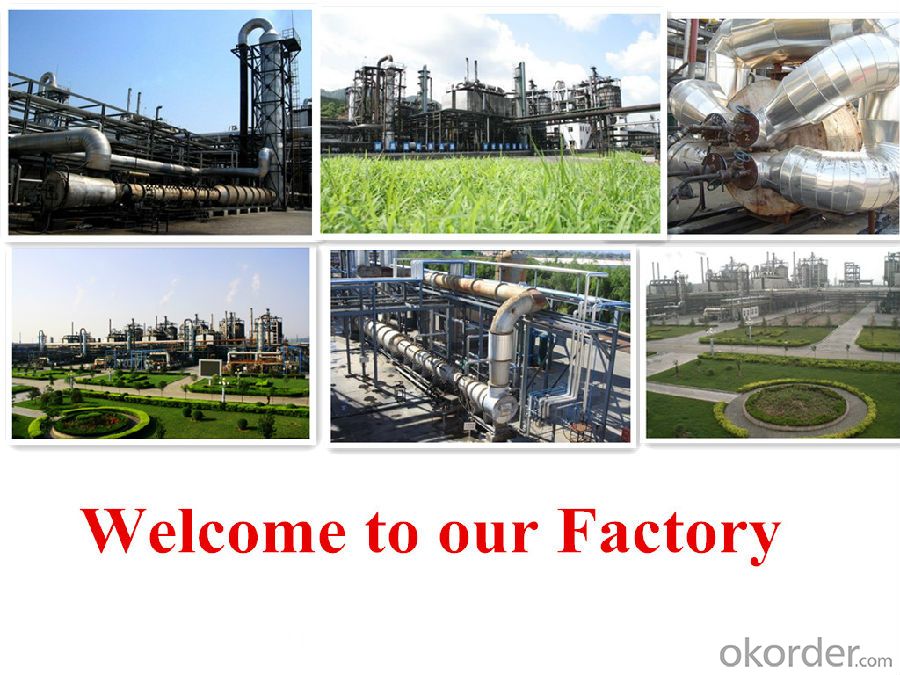
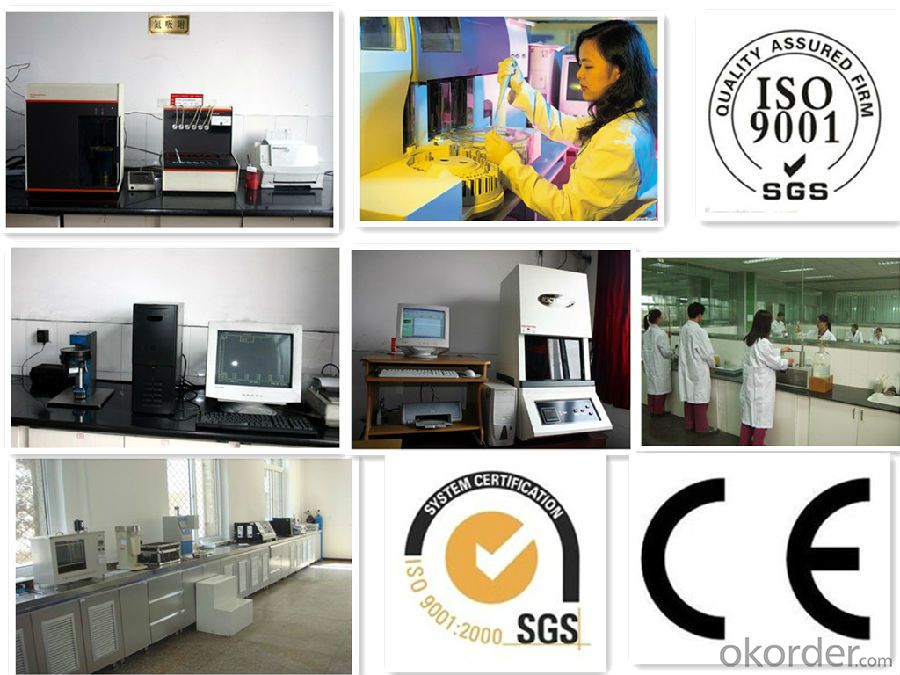
- Q:What are the characteristics of organic compounds?
- Organic compounds are usually referred to as carbon-containing compounds, or hydrocarbon-containing compounds and their derivatives are collectively referred to as organic matter. Organic compounds are generally insoluble in water and soluble in organic solvents with lower melting points. The vast majority of organic matter heat easily decomposed, easy to burn. The reaction of organic matter is generally slow and often accompanied by side effects, and there are many kinds of organic compounds, which can be divided into two major categories of hydrocarbon and hydrocarbon derivatives. According to the organic groups contained in the functional groups, divided into alkanes, alkenes, alkynes, aromatic hydrocarbons and alcohols, aldehydes, carboxylic acids, esters and so on. According to the organic carbon molecular structure, can also be divided into open chain compounds, carbocyclic compounds and heterocyclic compounds three categories.
- Q:Is fatty acid and carboxylic acid the same thing?
- In contrast, aromatic acids refer to carboxylic acids with benzene rings
- Q:Hazardous Chemicals Inorganic Classes, Organic Classes What does it mean?
- Hazardous chemicals refer to highly toxic chemicals and other chemicals that are harmful to humans, facilities and the environment, which are toxic, corrosive, explosive, burning and burning. Including explosives, compressed and liquefied gases, flammable liquids, flammable solids, spontaneous combustion and wet flammable materials, oxidants and organic peroxides, toxic and corrosive substances, etc.
- Q:Carboxylic acid in the end can not react with the new copper hydroxide
- But the formula is written in the carboxylic acid, because the reaction of aldehydes with the new copper hydroxide is alkaline conditions, the carboxylic acid is not present, but the carboxylic acid and alkali, copper hydroxide, copper oxide are reaction, Side reactions too much, too complex, in order to show that the reaction principle, simply from the simple processing, directly write carboxylic acid
- Q:Rush! Hydrocarbon and hydrocarbon derivatives system information includes chemical formula, common name, Chinese name and so on
- hydrocarbon
- Q:Commodity fine chemical industry is good or organic intermediates synthesis is better?
- Organic intermediates, a wide variety, strict quality requirements, and perhaps some danger and injury,
- Q:Will AsH3 (arsenic trioxide) is organic or inorganic
- Organic matter refers to carbon-containing compounds, or hydrocarbons and their derivatives are collectively referred to as organic compounds.
- Q:Junior high school chemistry knowledge, please explain what is organic compounds, inorganic compounds.
- 3. Organic matter is generally insoluble in water, soluble in organic solvents, low melting point. The vast majority of organic matter heat easily decomposed, easy to burn. The reaction of organic matter is generally slow and often accompanied by side effects.
- Q:Chemical life network: chemical (inorganic reaction, organic reaction) is equal to the life of life reaction?
- Inorganic chemistry is a science that studies experimental and theoretical explanations of the properties and reactions of all the elements and their compounds, in addition to hydrocarbons and their derivatives, and is one of the earliest disciplines in the development of chemistry.
- Q:Ionic compounds, covalent compounds, electrolytes, non-electrolytes, which are both compounds and inorganic compounds
- An ionic compound consisting of a cation and an anion. Active metals (such as sodium, potassium, calcium, magnesium, etc.) and active non-metallic (such as fluorine, chlorine, oxygen, sulfur, etc.) when the combination of active metal loss of electrons to form positively charged cations (such as Na +, K +, Ca2 + (Such as F-, Cl-, O2-, S2-, etc.), cations and anions are formed by electrostatic interactions to form ionic compounds. For example, sodium chloride is an ionic compound consisting of positively charged sodium ions (Na +) and negatively charged chloride ions (Cl-). Many bases (such as NaOH, KOH, Ba (OH) 2, etc.) and salts (such as CaCl2, KNO3, CuSO4, etc.) are ionic compounds. The total number of positive charges in the cationic compound is equal to the total number of negative charges carried by the anion, and the whole compound is electrically neutral. Most ionic compounds can not be conductive in solid (or crystalline), while their aqueous or molten state can be conductive. The ionic compounds generally have a higher melting point and higher boiling point, higher hardness, crisp and difficult to compress, and the highly volatile ionic compounds are linked by ionic bonds, without independent structures, such as sodium chloride.
1. Manufacturer Overview |
|
|---|---|
| Location | |
| Year Established | |
| Annual Output Value | |
| Main Markets | |
| Company Certifications | |
2. Manufacturer Certificates |
|
|---|---|
| a) Certification Name | |
| Range | |
| Reference | |
| Validity Period | |
3. Manufacturer Capability |
|
|---|---|
| a)Trade Capacity | |
| Nearest Port | |
| Export Percentage | |
| No.of Employees in Trade Department | |
| Language Spoken: | |
| b)Factory Information | |
| Factory Size: | |
| No. of Production Lines | |
| Contract Manufacturing | |
| Product Price Range | |
Send your message to us
Stearic Acid SA1845
- Loading Port:
- Tianjin
- Payment Terms:
- TT OR LC
- Min Order Qty:
- -
- Supply Capability:
- 8000MT/month m.t./month
OKorder Service Pledge
OKorder Financial Service
Similar products
New products
Hot products
Related keywords




